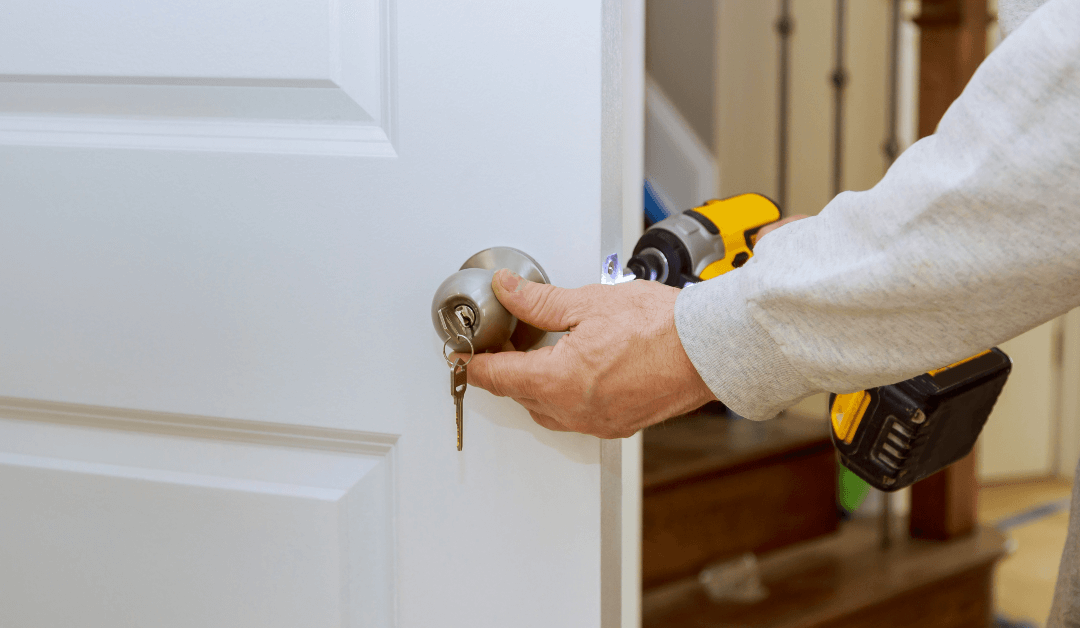Strike Plates come in various types, with each type having its advantages and disadvantages based on its purpose. Here, we will be looking at the pros and cons of each kind of strike plate.
An idea of this will aid your decision when choosing a strike plate that works best. However, before discussing the types of strike plate available, we would look at what strike plate is all about and why you need to install them on your door.
Uses of Strike Plates
The number one function of strike plates is to ensure your door is tightly closed. They help to secure your door until a lever or handle. How is the strike plate fixed to the door? The strike plate is fixated into the door jamb, guiding the fastener into the receiving hole in the upright piece that forms the side opening of the door. However, you don’t have to use a lever or a handle with all these.
Types of Strike Plates
Knowing the right type of strike plate to use for your door can be confusing because of the different types of strike plates available outside. So let’s go straight to the types of strike plates we have and their pros and cons.
-
Full Lip Strike Plate
The most commonly used strike plate type is the full lip strike plate, and it’s installed chiefly on standard doors. This type of strike plate has two types: round corner and square. Getting the full lip strike plate is relatively easy, making them the perfect option for anyone.
However, if your door has been prepared for a specific type of strike plate, then the full lip strike plate may not be the best fit for your door and might pose a problem while trying to install it.
Pros
- A full lip strike plate is common to find and readily available.
- Finding a professional installer for this strike plate type is very easy.
Cons
- It might not be suitable for an extra-wide door.
- In cases where your door has been prepared for a different type of plate, the full lip strike plate may not be suitable.
-
Extended Lip Strike Plates
The extended lip strike plates are more or less like the full lip strike plates in appearance, but they are well-produced to accommodate more oversized doors. In addition, they can fit into doors that are above the average thickness. The extended lip strike plates are best for thick doors but not for those with moderate thickness.
Pros
- Commonly available
- Suitable for extra-wide doors
Cons
- They are not suitable for doors that have an average width.
- The extended Lip strike plate is not suitable for doors that have been built for a specific plate type.
T – Strike Strike Plates
Just like the name, a t- strike plate is in the form of a t-shape, although it’s not as common as the other two plate types. In a scenario where your door has been prepared for a t-strike plate, then that’s better. If it’s not, the set-up will result in intense alteration of the door, jamb, and plate itself.
Pros
- Commonly available and so it’s pretty easy to find.
- It is functional because many doors have been groomed for this strike plate.
Cons
- It’s not suitable for extra-wide doors.
- T- strike strike plates are not fit for doors that have been designed for a specific type of plate.
Affordable Lock & Security Solutions at Your Service!
Affordable Lock & Security Solutions is the best place to get your top-quality, affordable strike plates. We are here to give you an unequaled solution to all your security problems.
Being at the market, we offer the following services:
Contact us today at affordable lock for your quality strike plates.

